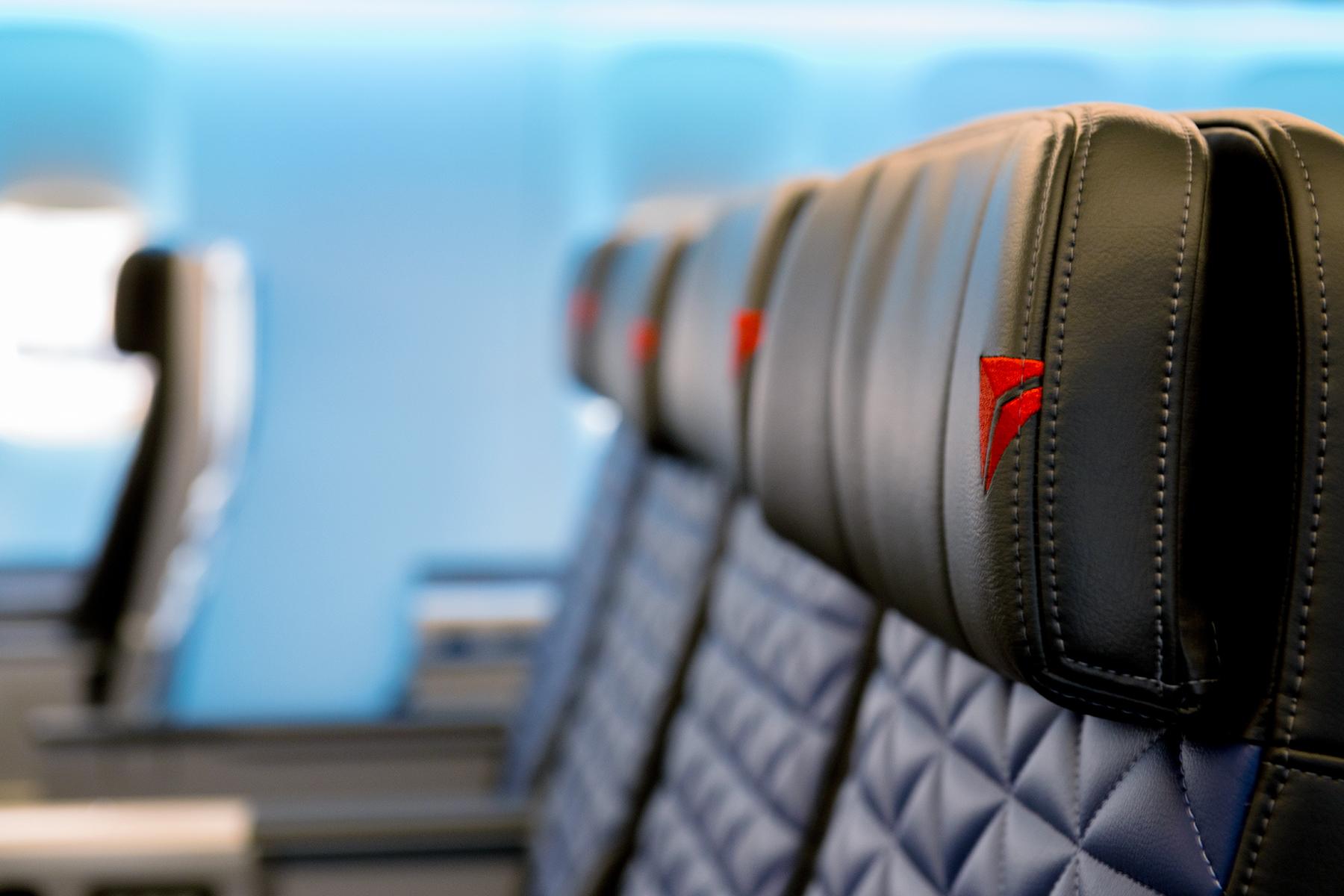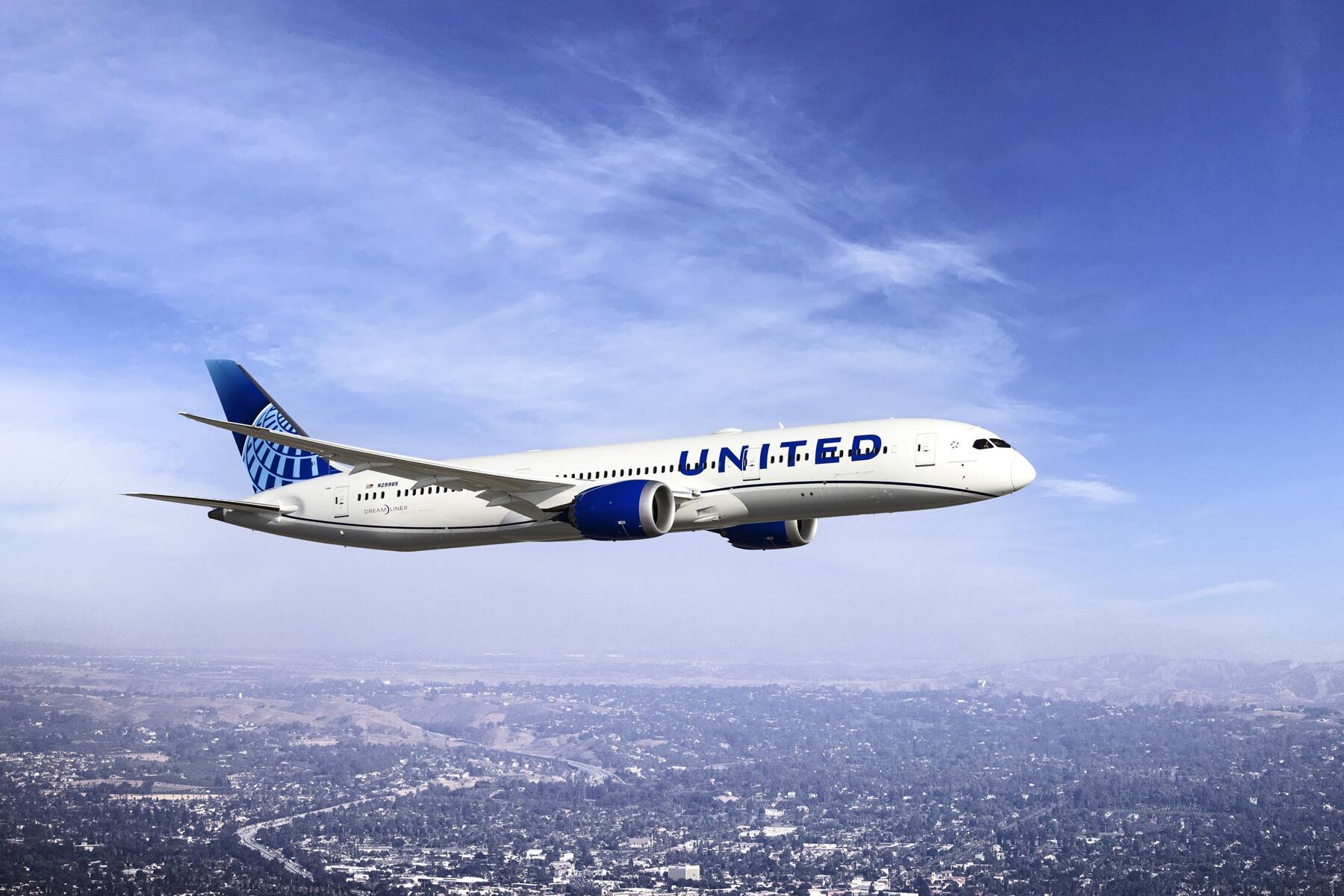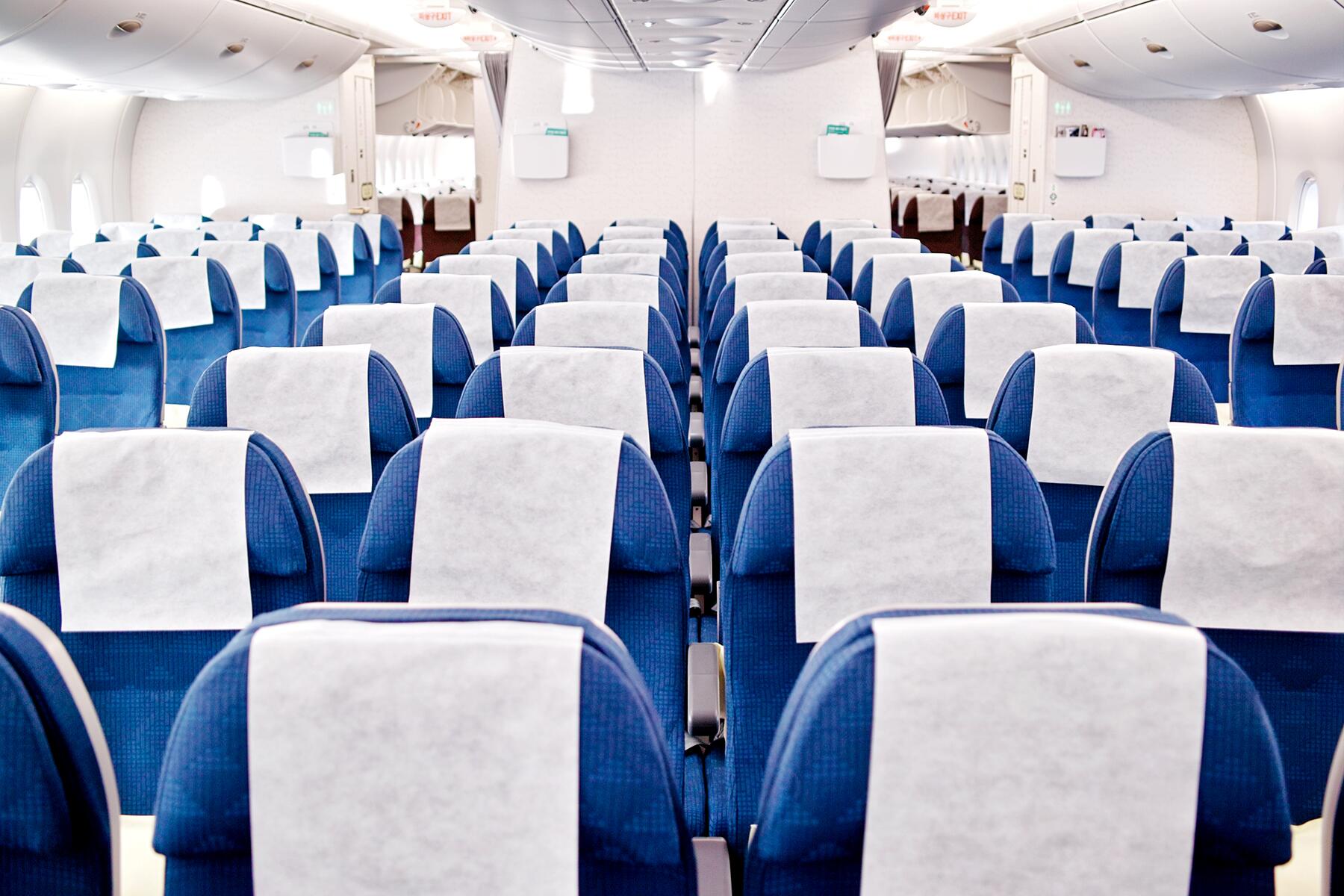If one felt compelled to choose the safest seat onboard, where should they sit?
For most airline travelers, the process of purchasing a ticket or checking in for a flight involves selecting a seat—whether from web-based seat map, with an agent at the airport, or while onboard the aircraft if the airline has so-called “open seating.”
Many veteran travelers have their seating preferences, but a thought that flashes through a travelers’ mind at least once is likely to be a question about the safest place to sit onboard the aircraft.
It’s worth mentioning up front that the odds that an airline passenger will ever be involved in a life-threatening accident onboard a commercial airliner are miniscule. There hasn’t been a catastrophic accident involving the complete destruction of an airliner in the United States since 2009.
But if one felt compelled to choose the safest seat onboard—statistically speaking—where should they sit?
What the Statistics Suggest
Some years ago, TIME published a study that suggested that middle seats near the rear of the aircraft were the safest. The study reviewed accidents with both fatalities and survivors between 1985 and 2000, and reviewed where the survivors in each accident were seated.
It’s worth noting that the sample was relatively small—just 17 accidents with seat maps showing the distribution of fatalities. Also relevant is the fact that many of the accidents involved very specific root causes. For example, one pair of accidents, in August 1987 and August 1988, were both attributed to incorrect takeoff configurations, resulting in significant focus on flight deck procedures that rendered repeats of those types of accidents unlikely.
Top Picks for You
Recommended Fodor’s Video
Why the Statistics Don’t Matter
It’s a little-known fact that airlines are required to inform passengers of the on-time performance statistics for flights they operate. While the idea is that it helps passengers make informed purchase decisions, the average isn’t likely to be a comforting statistic. After all, what does it matter that nine out of ten flights are on-time if it’s your flight that’s late?
The same goes for seat safety. It doesn’t make sense to choose the “safest” seat on your flight, because there’s no way to know exactly what type of calamity is likely to befall the flight in advance. The same TIME study also found that passengers seated within five rows of an emergency exit were also more likely to survive an accident that also involved fatalities.
That’s also a bit of a misnomer, because there are plenty of accidents where passengers seated near exits did not survive. For one crash in August, 1985, all but seven of the 27 surviving passengers were seated within five rows of an exit, but a significant portion of the 136 fatalities were also seated within five rows of an exit.
In short, few—if any—passengers board an aircraft expecting disaster to strike—even less so expecting exactly how, when, and where. When a 737 lost a portion of its roof over the Hawaiian Islands in 1988, none of the passengers or crew could have foreseen that event—and none of them would have imagined that it would exposed several forward rows of passenger seats completely to the elements for ten harrowing minutes before the plane could land.
In any case, passengers would have had no idea the seat they were choosing would ultimately impact their chances of survival in an accident, but there are also other factors. Each of the four survivors of a 747 that crashed in Japan in August, 1985, happened to be seated in the last rows of the aircraft, but later analysis found that a larger number of passengers had survived the initial impact but perished from exposure in the remote mountainous location of the crash after rescue teams did not arrive for several hours.
How to Stay Safe
Regardless of which seat a passenger chooses, they can rest assured that the aircraft is maintained to exacting standards, the pilots and flight attendants are exhaustively trained (and re-trained annually) in safety, and the safety record enjoyed by the modern airline industry is wrought from a century of learning. Each previous accident informed the industry how to prevent them from reoccurring, and how to prevent injury or death in survivable accidents.
While seat choice may not ultimately decide one’s fate in the event of an emergency, there are steps passengers can take to ensure their safety. These include reading the safety card, paying attention to the safety demonstration, and remaining alert during safety critical phases of flight (roughly between the gate and 10,000 feet on both departure and arrival).
Ultimately, there isn’t a seat that’s any safer than the others in an emergency. Modern air travel is so safe that it gives passengers the privilege of choosing seats based on comfort and convenience—leaving safety concerns primarily up to the trained professionals onboard every flight.
I use Google Flights and Matrix ITA to check prices a few months out for possible lie-flat seat flights (I fly long international flights). Unfortunately it seems only Google Flights denotes which seats are lie-flat I am amazed how many times each of these sites provide different results even though I thought they accessed the same database. In discussions with travel agents I've come to believe they have access to different data? Is that true?





The recent terrible fire on a JAL jet also pointed out that everyone survived the evacuation because they followed instructions and left their hand luggage behind. It is difficult to imagine that most Americans would have done the same. I also read recently that most survivors of accidents tend to be young, strong men- because they trample everyone else. Therefore, it seems that the seat is less important than the behavior of your fellow passengers.